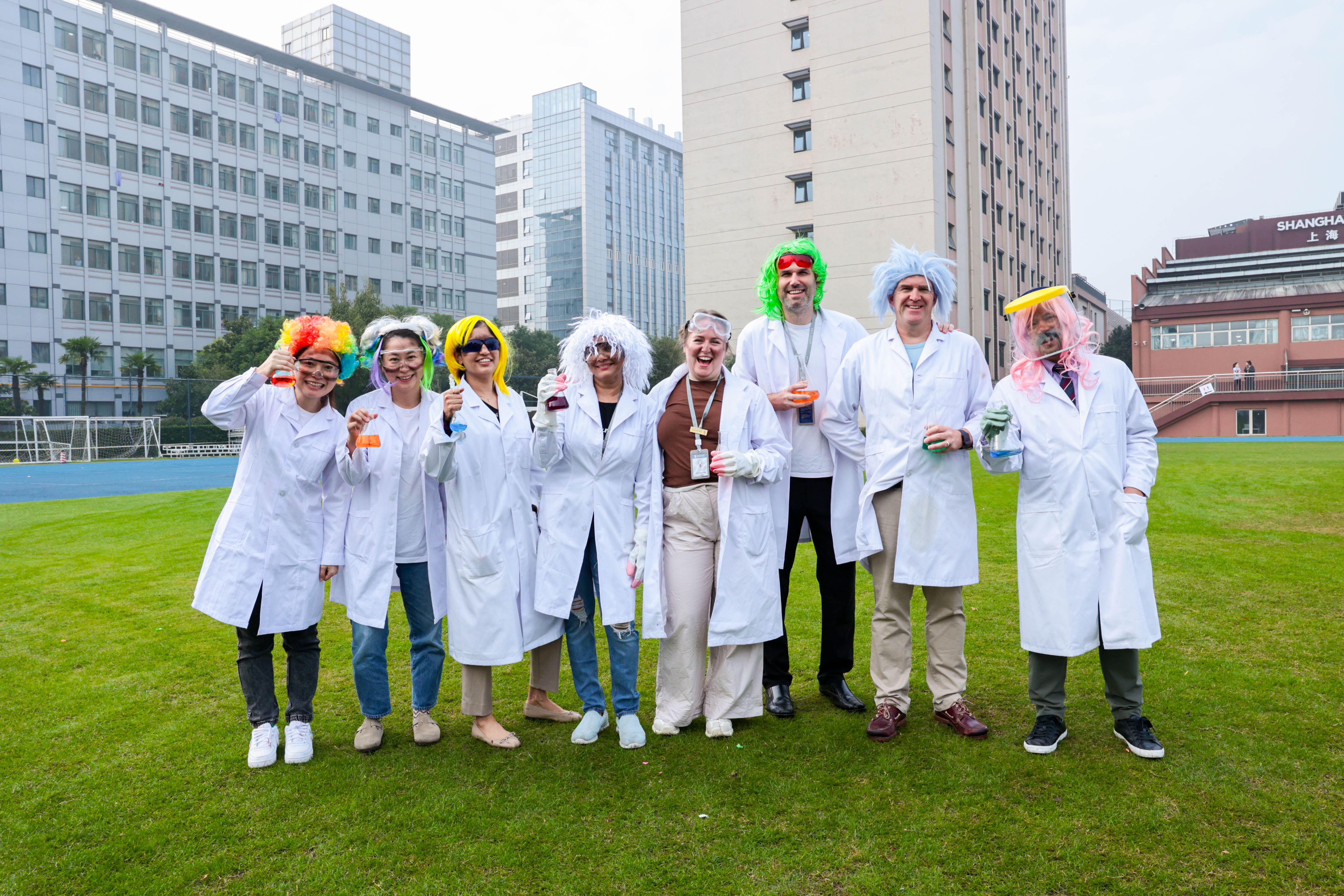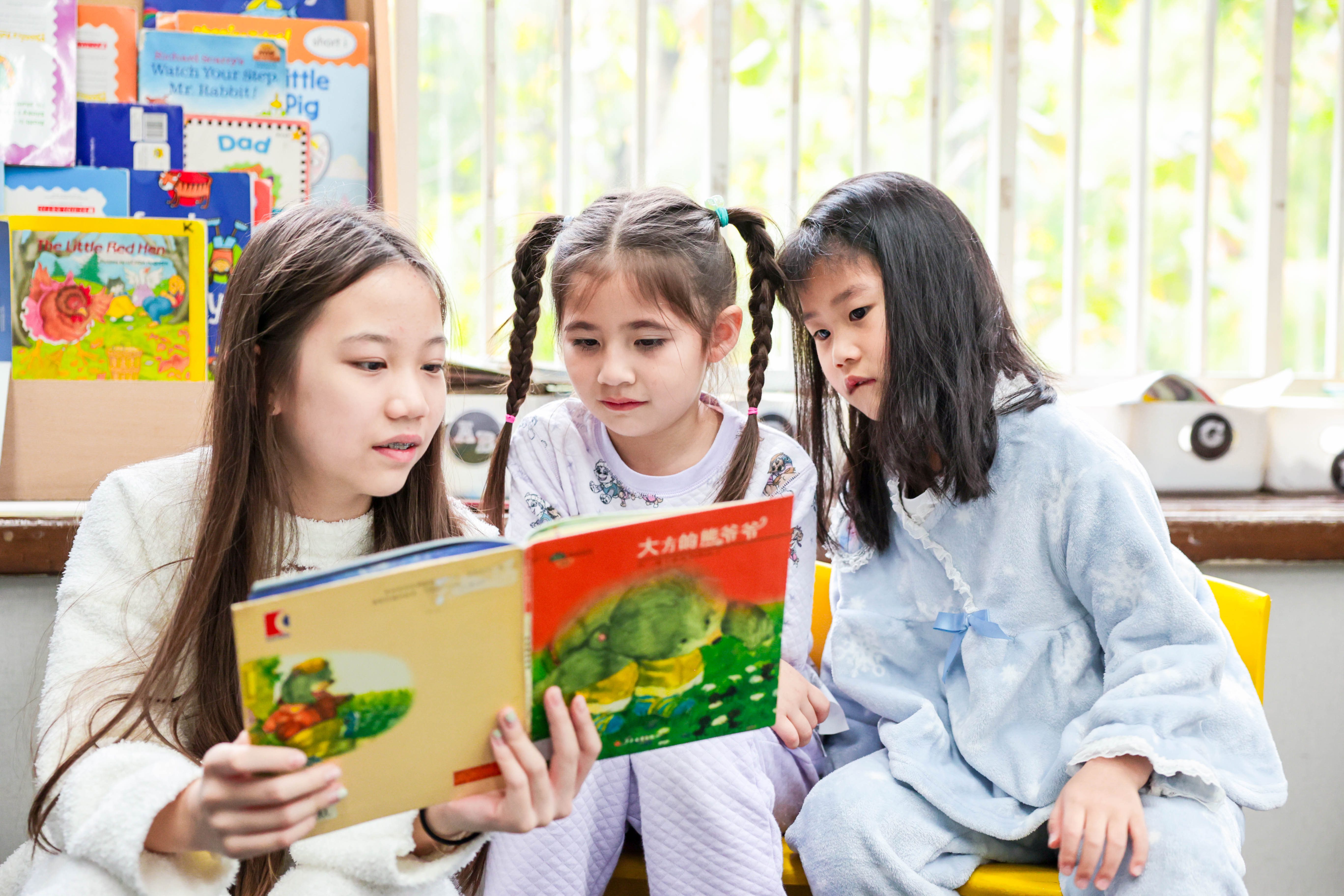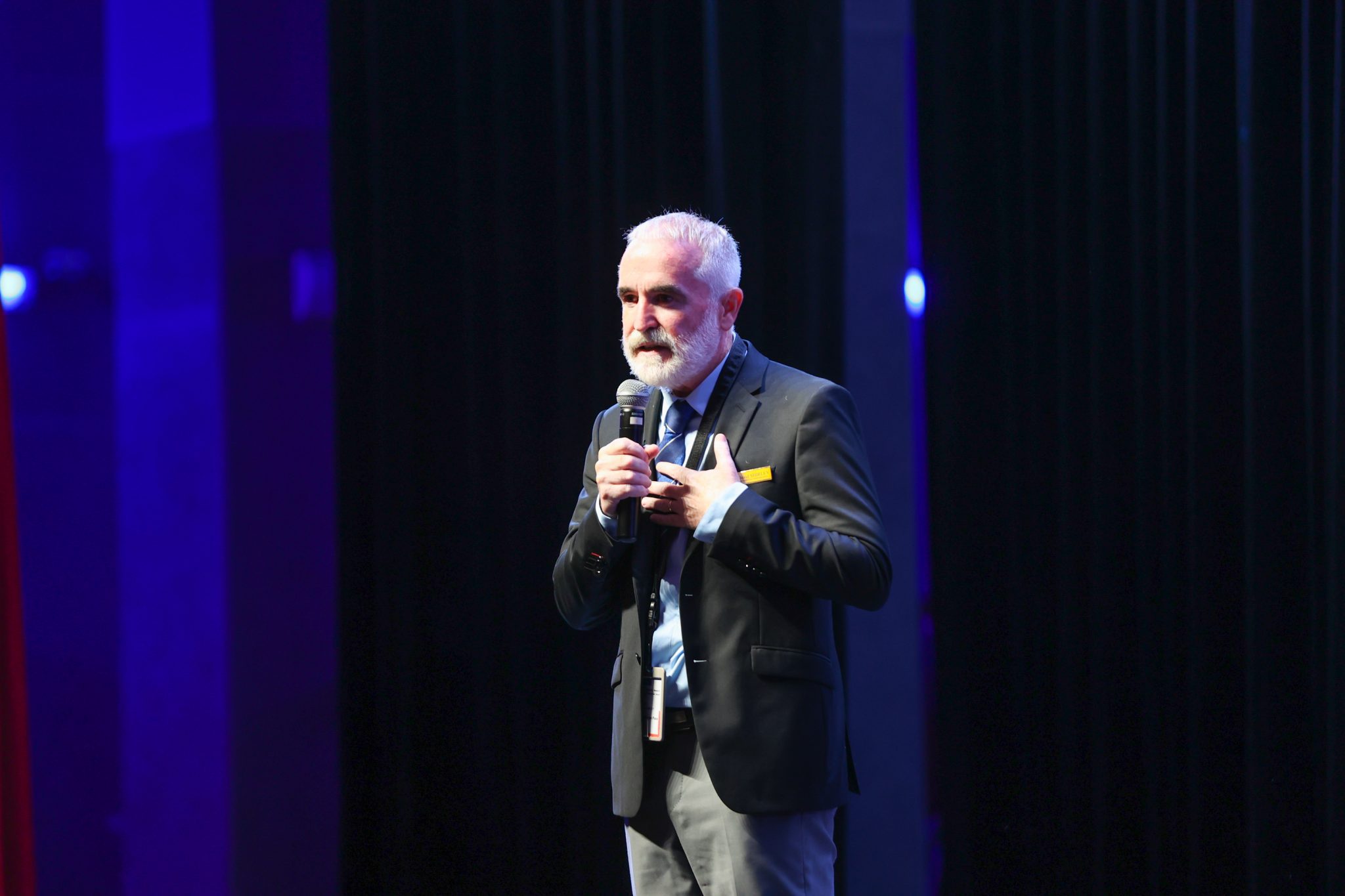Our SSIS Primary School curriculum is based on Singapore’s curriculum, and the Singapore Mathematics Syllabus is one of our most well-known adoptions. Recently, the Jingkids Magazine editorial team visited SSIS to better understand the intricacies of our Mathematics syllabus, the methodologies, and how the teachers implement the plans successfully.
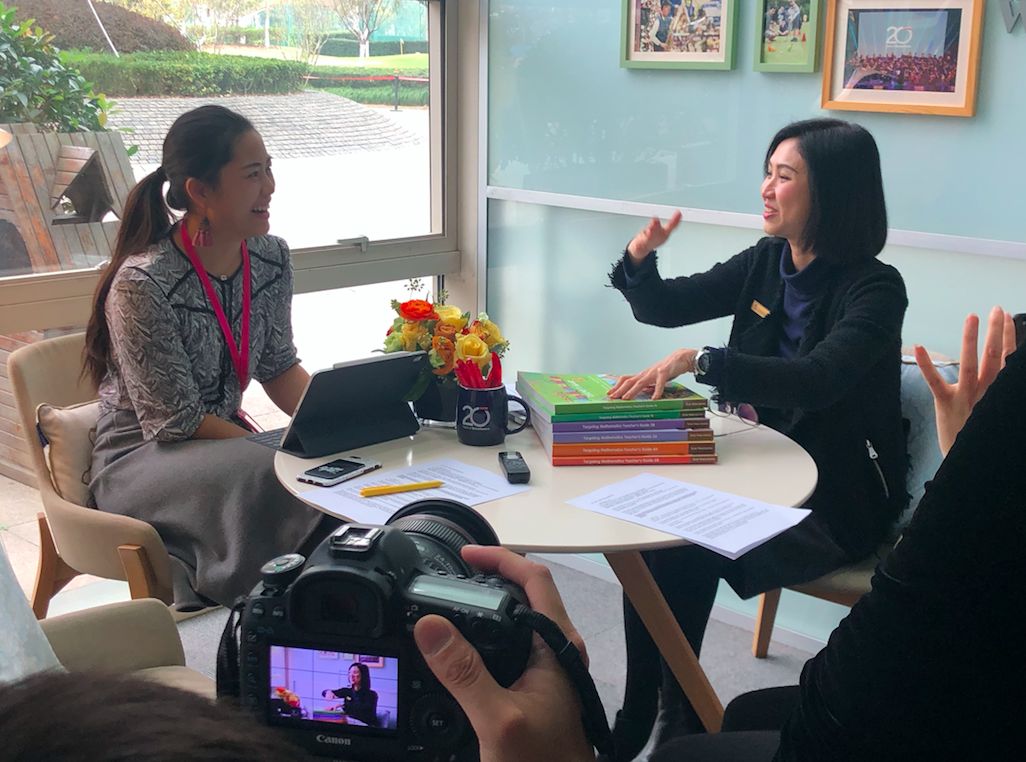
That extended interview was published in their annual school listing issue, and we have translated that feature here for your reading pleasure.
At some point, Singapore’s Mathematics curriculum became a favourite among Shanghai mothers. They were eager to buy Singapore Mathematics workbooks for their children and register them for online math classes from Singapore. When asked about its efficacy, mothers tend to say that Singapore’s Mathematics can cultivate children’s mathematical modelling mindset.
But is this really the case?
If any school in Shanghai can attest to the great success story of Singapore Mathematics, then it must be Shanghai Singapore International School (SSIS). So armed with questions solicited from readers, we went to SSIS to learn more.
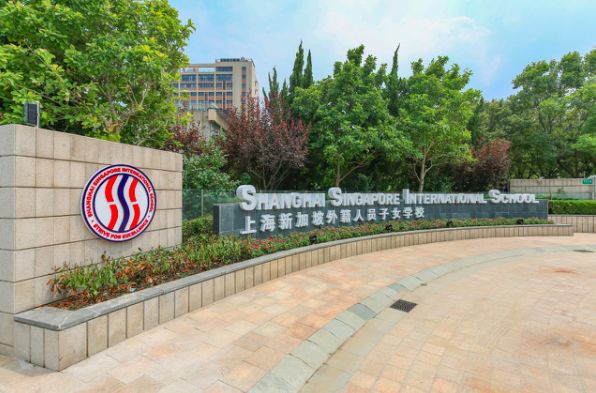
We observed a Grade 2 Mathematics class in progress:
The teacher was in front of the students, asking them which of the two objects he was holding was heavier. The children raised their hands to answer. The teacher then put the items one by one on different scales (electronic platform scales, chemical balances, bar scales, etc.), and while also teaching the students how to use the weighing tools correctly. This allowed the teacher to also introduce the theme of the lesson—Mass.
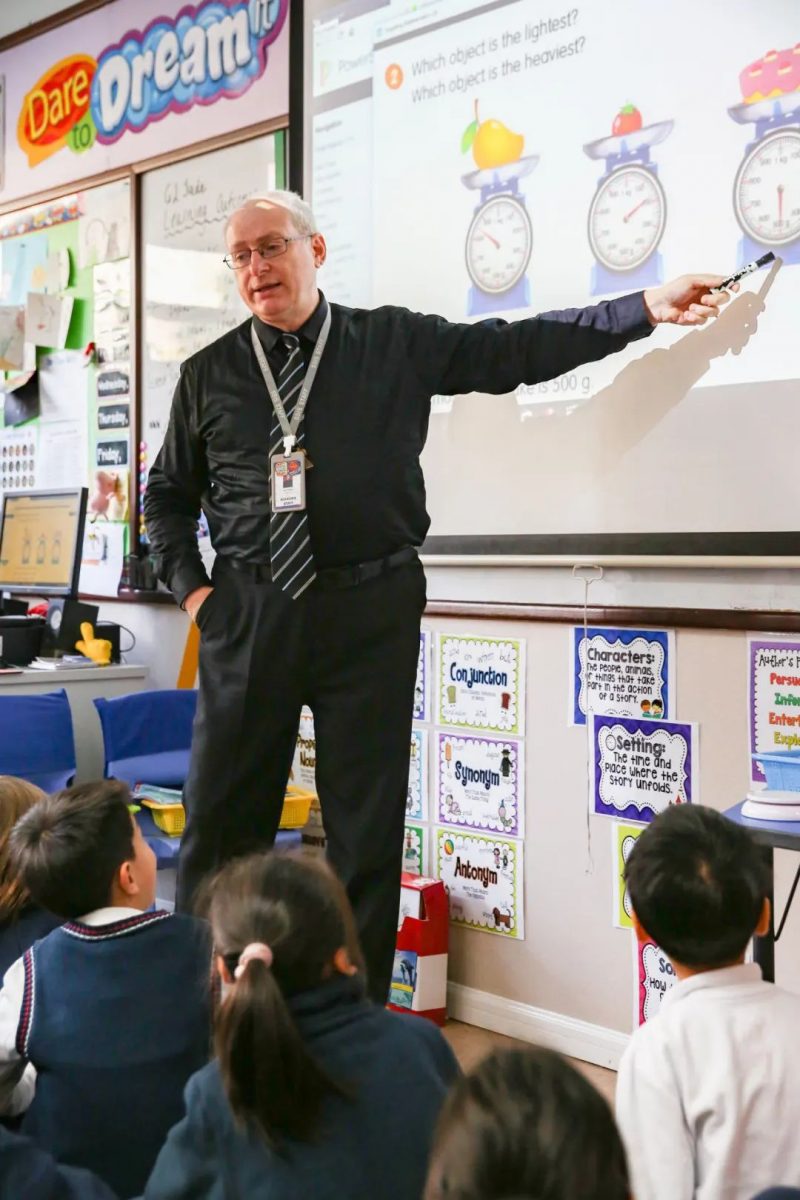
After collectively participating in the segment, the teacher divided the students into several groups. Each group needed to select four of the 15 items listed on the whiteboard (and other different items as well) and to measure the mass of them all. Then they had to arrange the four objects from lightest to the heaviest, and record it in the class journal.
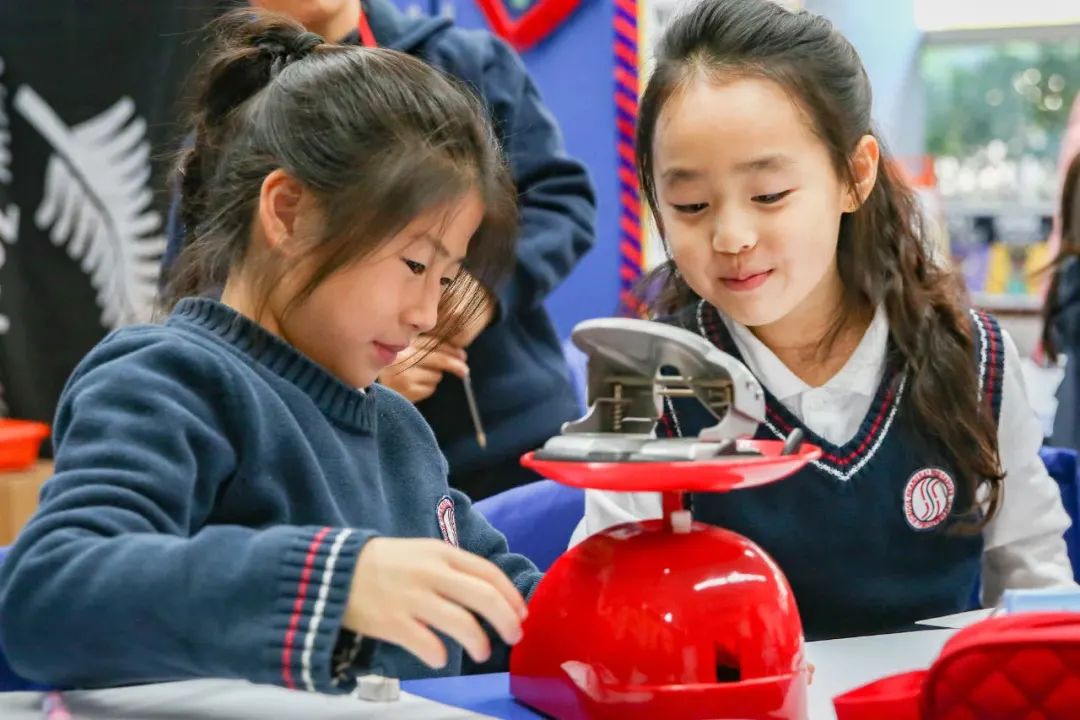


After this portion of the class, students were asked to guess the mass of random items the teacher had selected. Now the students had to rely on what they’d just learnt to gauge who had the closest estimation of the mass of the objects.
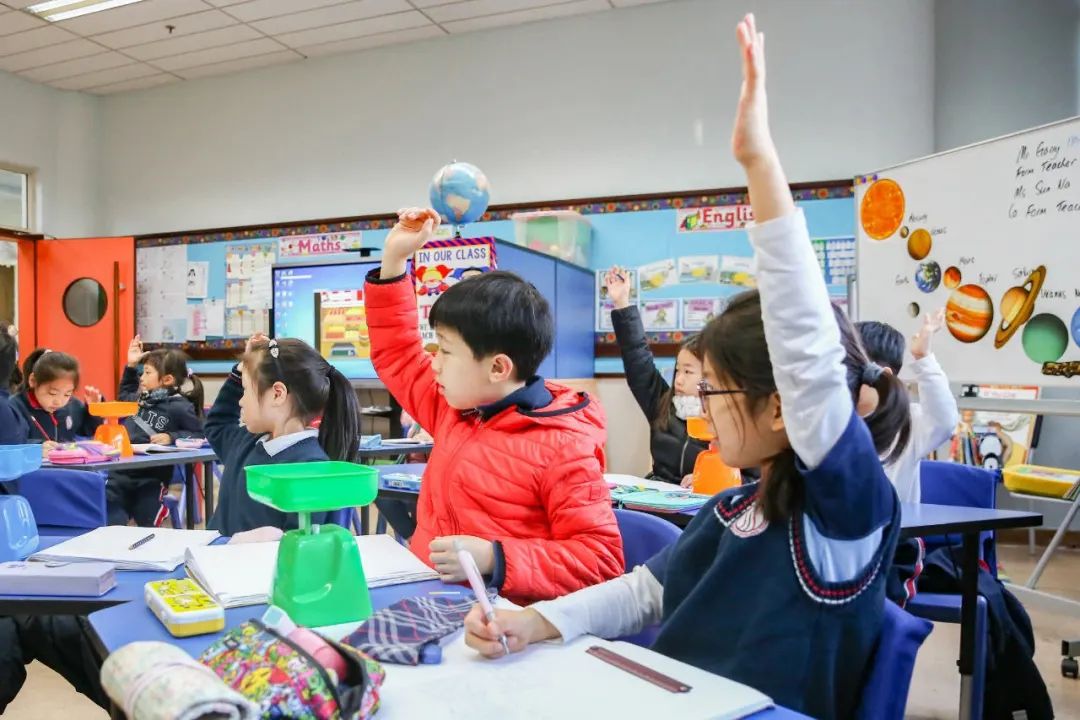
What impressed us was that, in addition to the teacher’s orderly and flexible organisation of classroom activities, the students were enthusiastic, curious and eager to learn. They sometimes sat in front of the teacher to measure and record in groups of three or five, and everyone had the opportunity to get involved. They needed to record the measurements in their class journals and of course, see who had the most accurate answers.
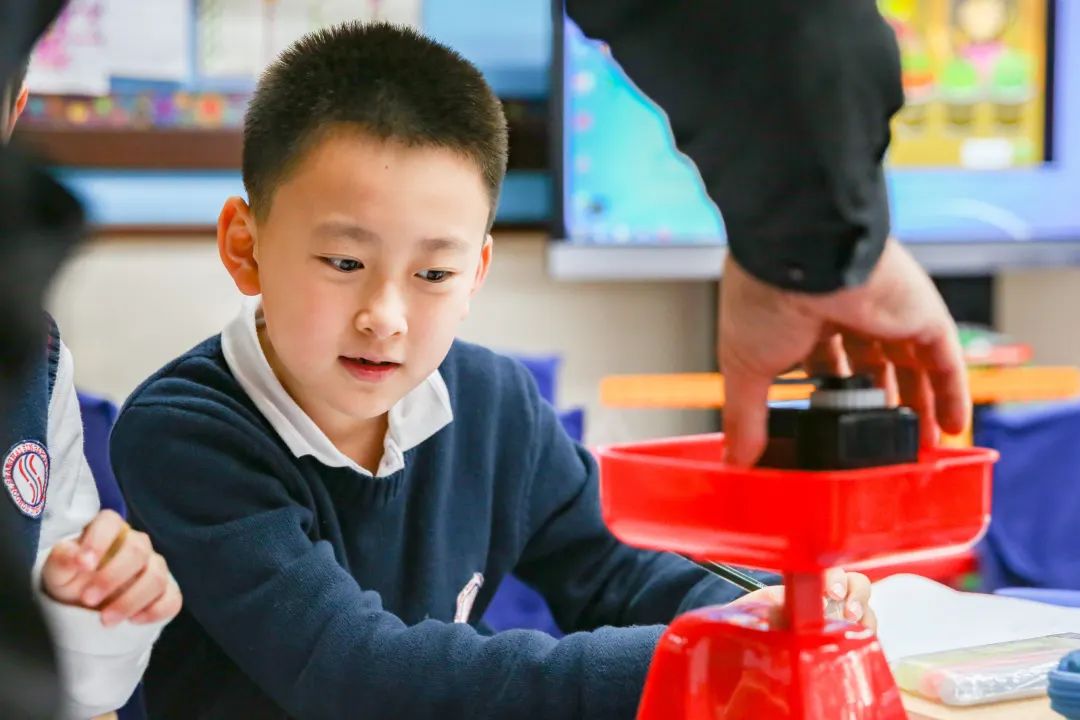
We grew up learning in traditional Chinese Mathematics settings, which can be very dour when classes should be joyous. Yet we have to ask, happiness aside, how has it benefitted the students? After all, kids are now competing globally, are we equipping the kids early enough for this battle of talents?
Yet when we think about Singapore’s performance in global assessments like PISA, we may be overthinking it. Consider the co-ordination of the OECD: Starting from the three major subjects of Mathematics, Reading and Science, Singapore’s performance assessment test for students who completed primary education is stable and eye-catching—ranking second in 2018 behind China. In 2015 though, it won the top prizes with 564 in Mathematics, 535 in Reading and 556 in Science, while China ranked 10th then.
According to Ms Gwendolyn POH, the Senior HOD of Mathematics in SSIS (she taught 11 years in Singapore schools and eight years in SSIS), students who have completed the Singapore course in our Primary School had a smoother transition when they are subsequently enrolled in the IGCSE course.
With dazzling grades, we figured that Singapore’s Mathematics education must be unique. Was their success because of their focus on “modelling thinking”?
Ms POH shared with us that the core of Singapore’s Mathematics was to “make thinking visible”. Its essence is to allow students to fundamentally understand and integrate mathematical concepts. “Model drawing” is just one of the many ways of “making thinking visible”. She introduced us to the winning magic of Singapore’s Mathematics from the aspects of textbook writing, teaching implementation and assessment.
Magic Method 1
Textbooks Help to Visualise Abstract Problems in Mathematical Language
SSIS’s Senior School students (Grades 7 to 12) studied either the IGCSE or IB courses. At the same time, the Primary School division (Grades 1-6) used the Singapore curriculum, and the Mathematics curriculum was taught using the native textbook Targeting Mathematics (TM).
It has been noted that the Mathematics textbook of the Shanghai Education Edition was a close relative to its Singapore cousin. During the interview, we (Jingkids editorial team) brought a set of Grade 2 Mathematics textbooks and exercise books of the Shanghai Education Edition to compare. We found the amount of text and numbers of the Shanghai Education Edition to be relatively high, whereas the TM textbooks fully reflected the modelling method by turning abstract problems into modules, numbers, graphics, and illustrations to help students better understand mathematical concepts.
The contents of the G2 TM textbooks used illustrations to explain mathematics concepts. In comparison, in order for children to understand questions in the Shanghai Education Edition, they must have already attained a certain level of Chinese literacy. As the text density is also high, children will need to draft out or imagine the process in their mind. Although there were many illustrations in the Shanghai Education Edition textbooks, most of it only served as background or character pictures. In contrast, almost all the illustrations in the TM textbooks represented the math problem itself.
For younger students, this undoubtedly removes significant obstacles when they first encounter Mathematics, which leaves them with the impression that Mathematics is not so difficult and can even be quite fun.
Magic Method 2
Syllabus and Teaching Implementation, Both Standardisation and Individualisation
In the 1980s, Singapore transformed from a rote-memorisation style education to one of deep understanding. Through the “Concrete-Pictorial-Abstract” CPA three-step framework, Mathematics evolved to become fun and practical.
How can we ensure that such ideas are implemented? The syllabus, called the “axis and benchmark of teaching quality”, played an important role. SSIS’s Mathematics teaching is based on Singapore’s curriculum, combined with the school’s own academic calendar. All teachers follow a unified syllabus and hold a teaching and research meeting once a week.
At the meeting, teachers discuss lesson preparation, classroom teaching and assessment methods, and share teaching strategies to ensure consistency and coherence in education throughout the school. To ensure the quality of teaching, the Senior HOD of Mathematics will also occasionally attend classes in several thematic teaching modules of each semester, and carefully check the teacher’s assignments.
In addition to the syllabus, detailed teacher’s reference books, and abundant teaching aids, another aspect of standardisation is teaching time. SSIS students attend a daily one-hour Mathematics lesson. The reason why it’s an hour and not more is not random—it was decided by a team of professional researchers after repeated experiments. They believed that this period ensured that there would be room for the teaching content to be developed without tiring students.
Like most international schools, SSIS’s Mathematics teachers teach only one grade. The advantage of this is that the teacher is thus familiar with the contents, and can make accurate assessments about the difficulties that students may encounter.
As for the personalisation of teaching, it is mainly reflected in the moderate class size. According to Ms POH, in a public school in Singapore, there are usually 40 students in a classroom, and it isn’t very easy to provide individual attention to each child objectively. In SSIS, there is a maximum of only 24 students in each classroom. Teachers are thus able to provide more comprehensive support to each and every student.
Magic Method 3
Multiple Ways of Assessment and Evaluation
Assessment is an integral part of the teaching process, but for a long time, our knowledge of assessment (especially the subject of Mathematics) has mostly been written examinations. In SSIS, we saw more diverse assessment methods.
Since there were few written assessments for Grades 1 and 2, teachers adopted a more flexible way to test. Take, for instance, the “Time” theme of Grade 1. One assessment method was to let each student point out (on the clock) a time that the teacher had indicated. This kind of “test” often happened without the student’s prior knowledge, and it can better reflect real learning results.
In the Grade 2 Mathematics class we observed, each student’s journal was well written. Here, a blank journal can be turned into a clear visualisation tool, a testament to the unified guidance of the teachers and the student’s repeated practice.
In addition to studying in class, teachers also assigned homework which more accurately reflected whether the student had mastered the lessons, and parents were advised to not directly tell the child the correct answers.
To further implement SSIS’s teaching philosophy in Mathematics, teachers also took turns as lecturers every year, and organised workshops for parents to help them better understand the teaching concepts and methods in the classroom and truly achieve home-school consistency.

In Ms POH’s view, Mathematics is also a language, so it is necessary to keep practising. “It’s like learning a language. Only with more practise can we get better.” One has to practise, there are no shortcuts. According to her, Singapore Mathematics attaches great importance to students’ understanding of mathematical concepts, especially in primary school. She used her own learning experience as an example: Her Mathematics results were not so outstanding in primary school (it could not meet her parents’ high expectations), but it was precisely because she understood its basic concepts in primary school, and used it correctly—based on a real understanding—that she was able to achieve clarity in high school.
The current iteration of Singapore Mathematics, whether it is the well-known modelling aspect or use of teaching aids, exists to help students understand it and thus establish a solid mathematical foundation.
More importantly, after more than 20 years of continuous reflection, comparison, practice and innovation by teachers, the connection between Mathematics and real-life has overlapped. Children have the opportunity to come into contact with this open-minded thinking from the introductory stage of Mathematics, experience Mathematics in its real-world complexity, fall in love with Mathematics and embrace Mathematics in their life.


